A Journey Through Berlin
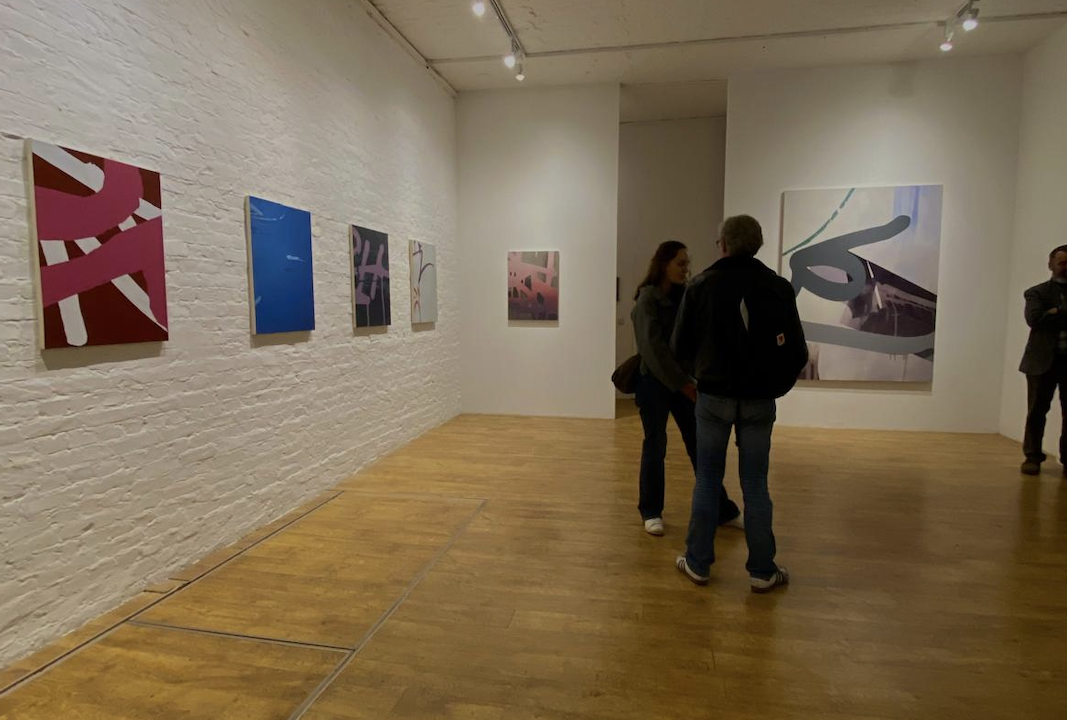
By Teresa Daehne
Benjamin Rubloff’s art is a profound exploration of memory, history, and urban life, created through a unique process that transforms overlooked graffiti tags into enduring works of fine art. For years, Rubloff photographed graffiti in cities, captivated by their raw, painterly qualities—the speed of their gestures, their accidental drips, and the way they inhabited walls. Initially a hobby, this practice evolved into a focused artistic endeavor when he began recreating the tags as oil paintings. Through meticulous scaling and reframing, Rubloff transformed these ephemeral markings into abstract works, preserving the traces of others while eliminating any trace of his own hand.
Each painting is rooted in the specific place where the original graffiti was found. By documenting these locations with photographs and GPS coordinates, Rubloff anchors his abstract works back to their urban origins, creating a map of the city as it was—and, often, as it no longer exists. The paintings and accompanying narratives reveal the shifting urban landscapes where graffiti once lived, the stories of the neighborhoods, and the artist’s personal reflections on memory and change.
Two particularly striking works, “Hallesches” and “Adenauer”, exemplify Rubloff’s ability to intertwine urban history with personal and societal transformations.

“Hallesches” was inspired by a Berlin plaza with a rich yet turbulent past. Once a grand square commemorating Prussian victories, the area was destroyed by Allied bombings during World War II and rebuilt with utilitarian public housing in the postwar years. What remains today is a stark, windswept space, its glory erased and replaced with drab, modern architecture. Rubloff’s painting distills this tension, transforming a fragment of graffiti found there into a powerful message on loss and transformation. This artwork is a poignant reflection on how cities carry and conceal history.
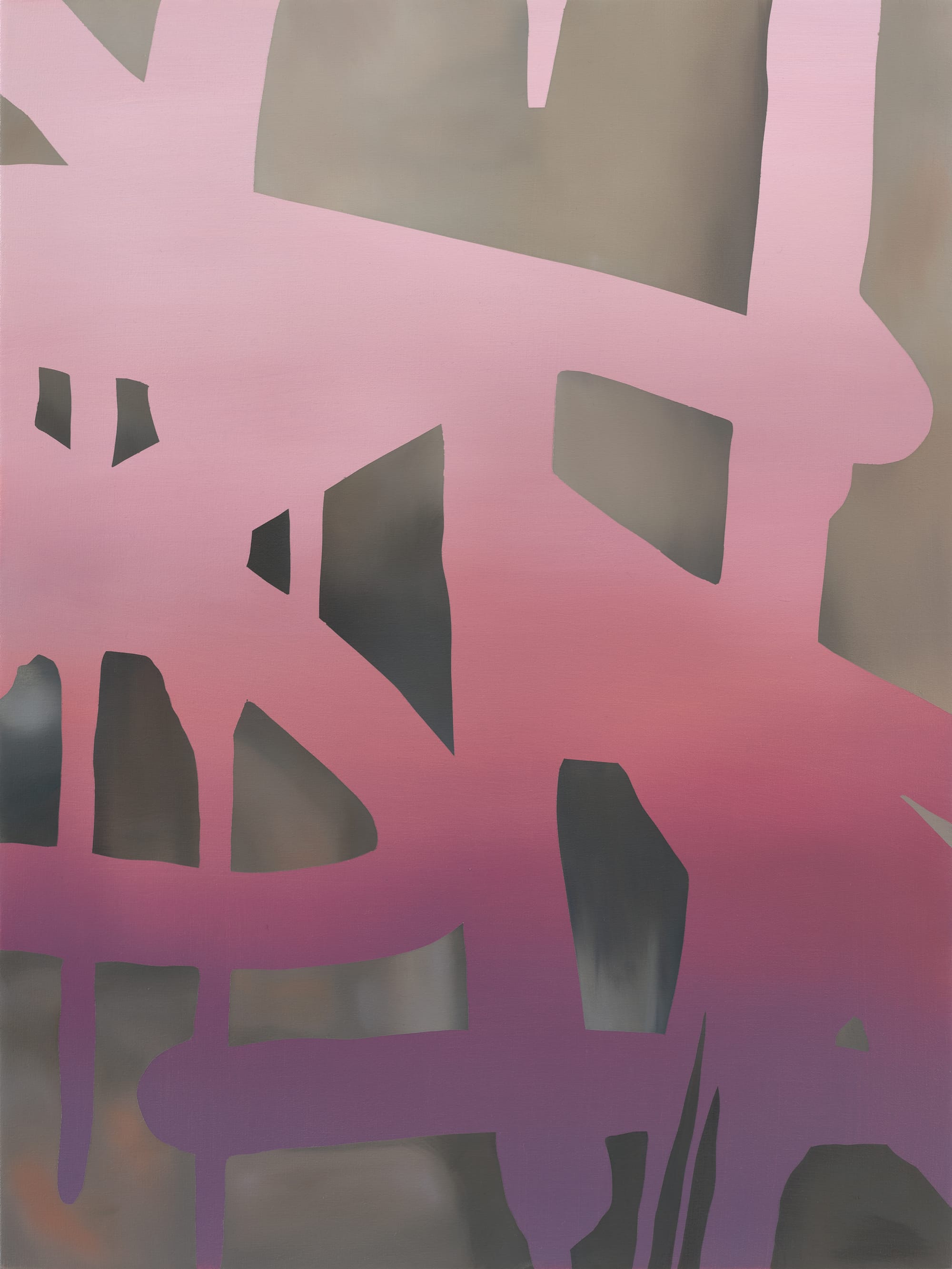
In his artwork “Adenauer”, Rubloff revisits a Berlin subway station where he once photographed graffiti, only to find the original tag erased and replaced by cranes, construction, and advertisements for luxury developments. The painting becomes a reflection on impermanence—not just of graffiti, but of the urban landscape itself. Rubloff reflects on how these changes mirror broader shifts in his own life, shaped by the pandemic and personal growth. The painting’s quiet abstraction acts as proof to the inevitability of change and the way the new becomes familiar, only to eventually fade into invisibility.
Rubloff’s work bridges the gap between the fleeting and the permanent, the personal and the collective. By transforming temporary graffiti into enduring art, he invites viewers to reflect on the impermanence of their own surroundings and to find beauty in the overlooked. His paintings are not just records of the past—they are a tribute to the enduring power of marks, both on walls and in memory. In Rubloff’s hands, the transient becomes monumental, reminding us of the stories that cities—and their graffiti—carry through time.
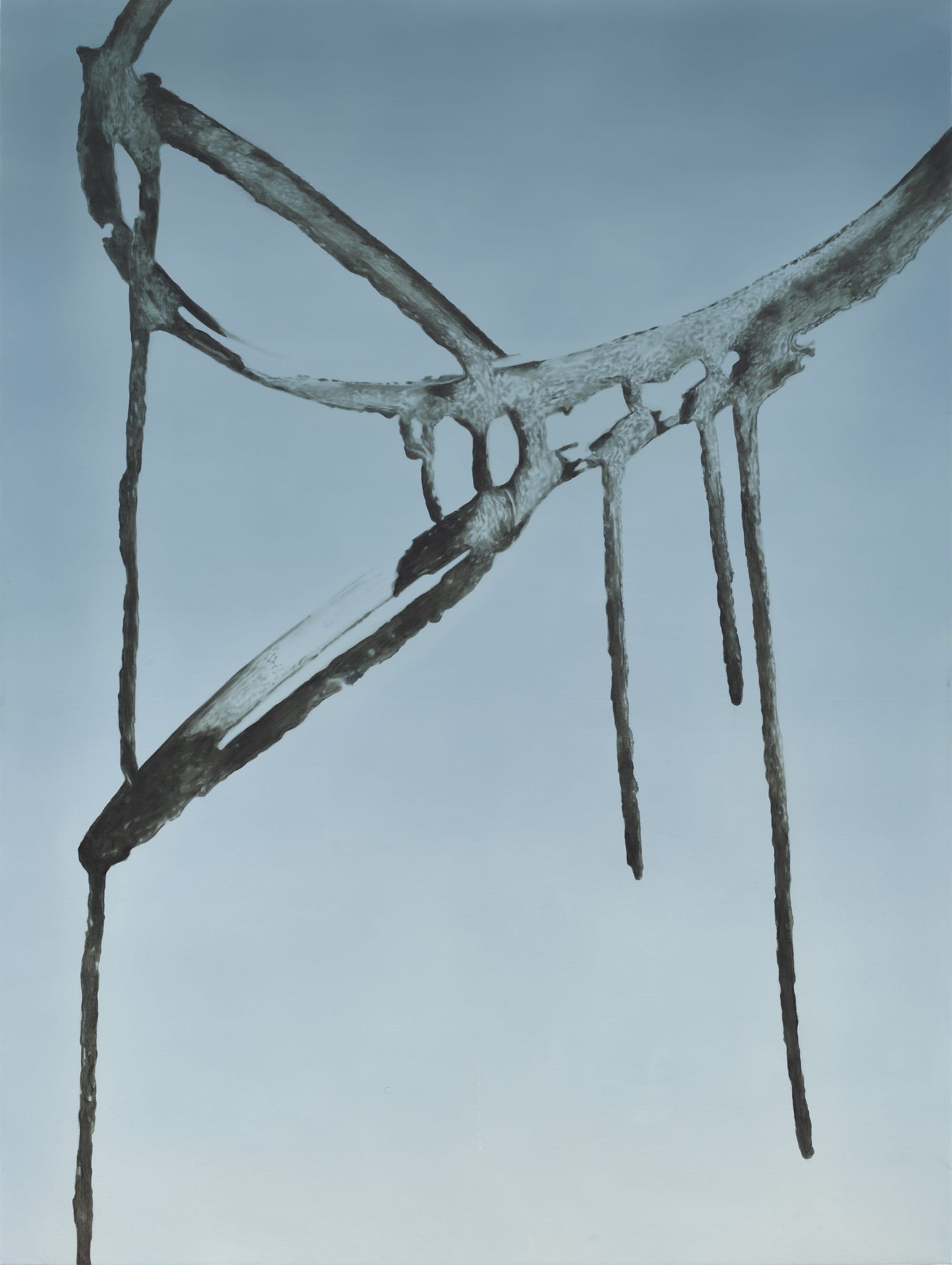
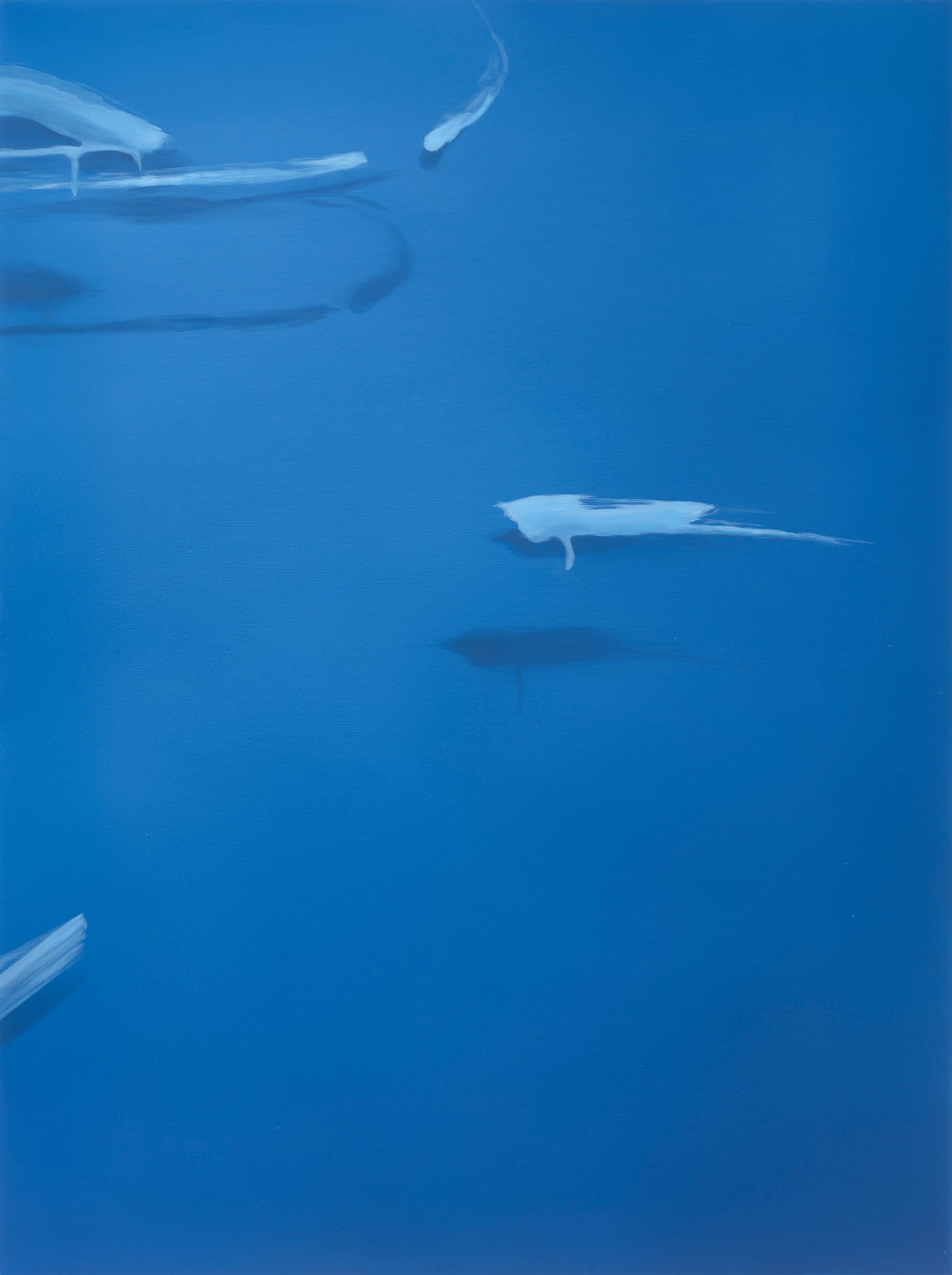
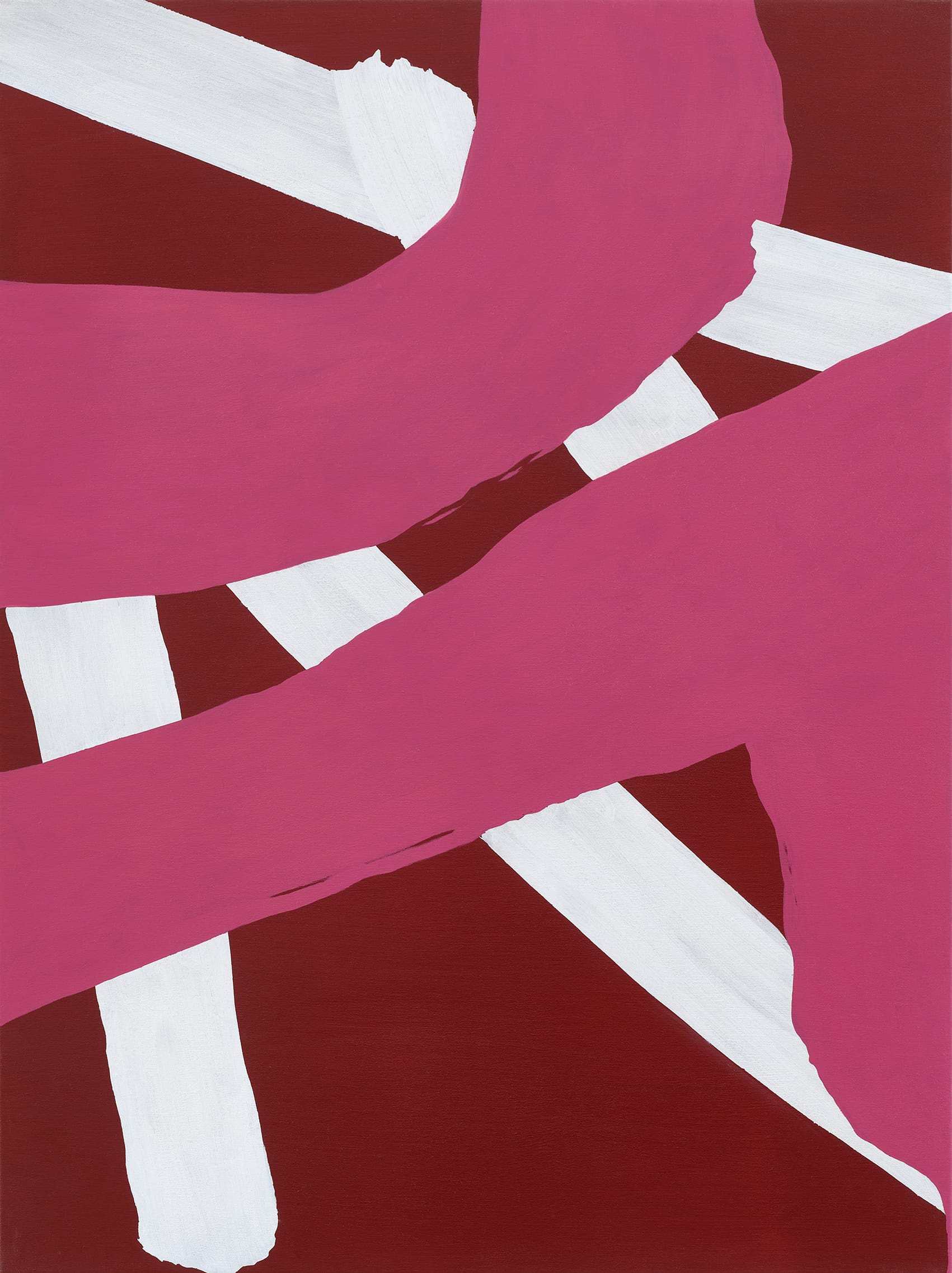
"Kopenhagener" (left) & "New York (grand)" centre & "Ossa" (right)